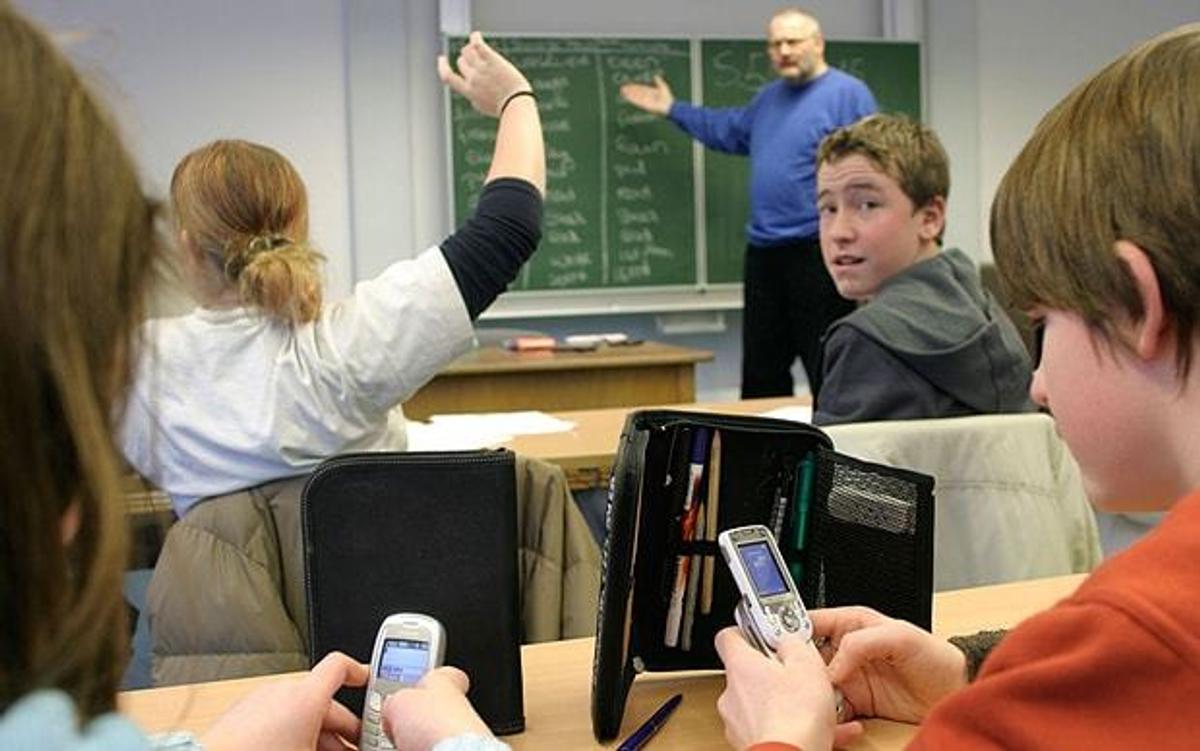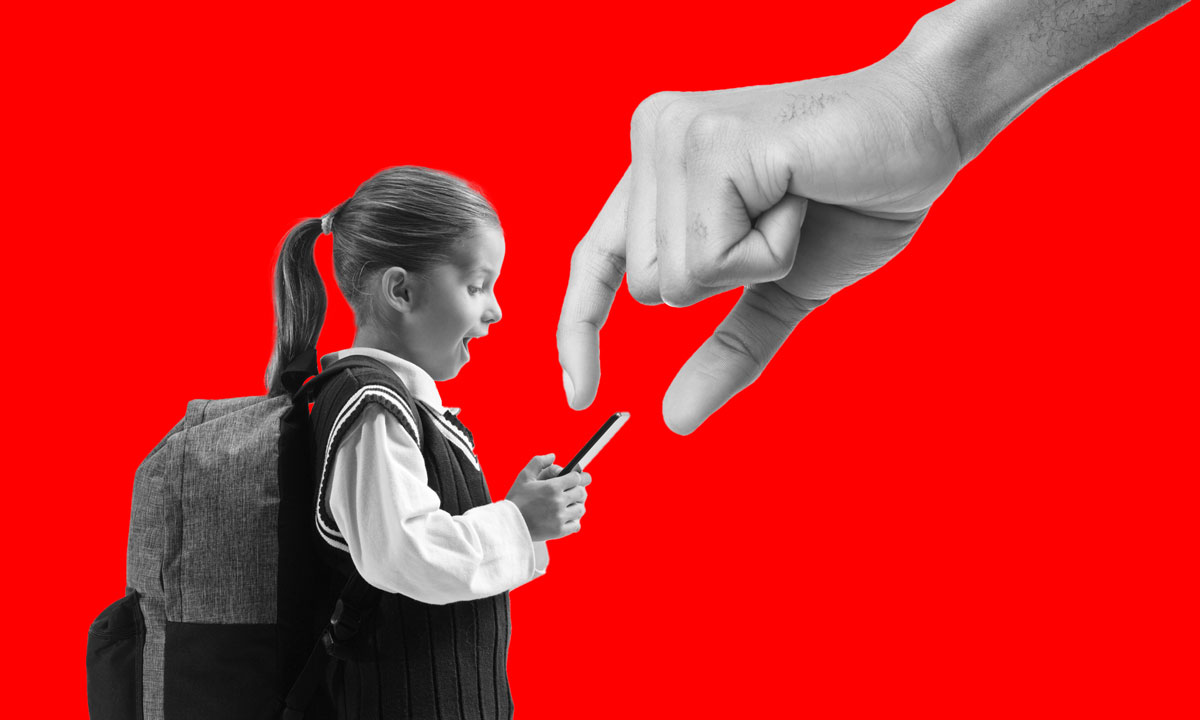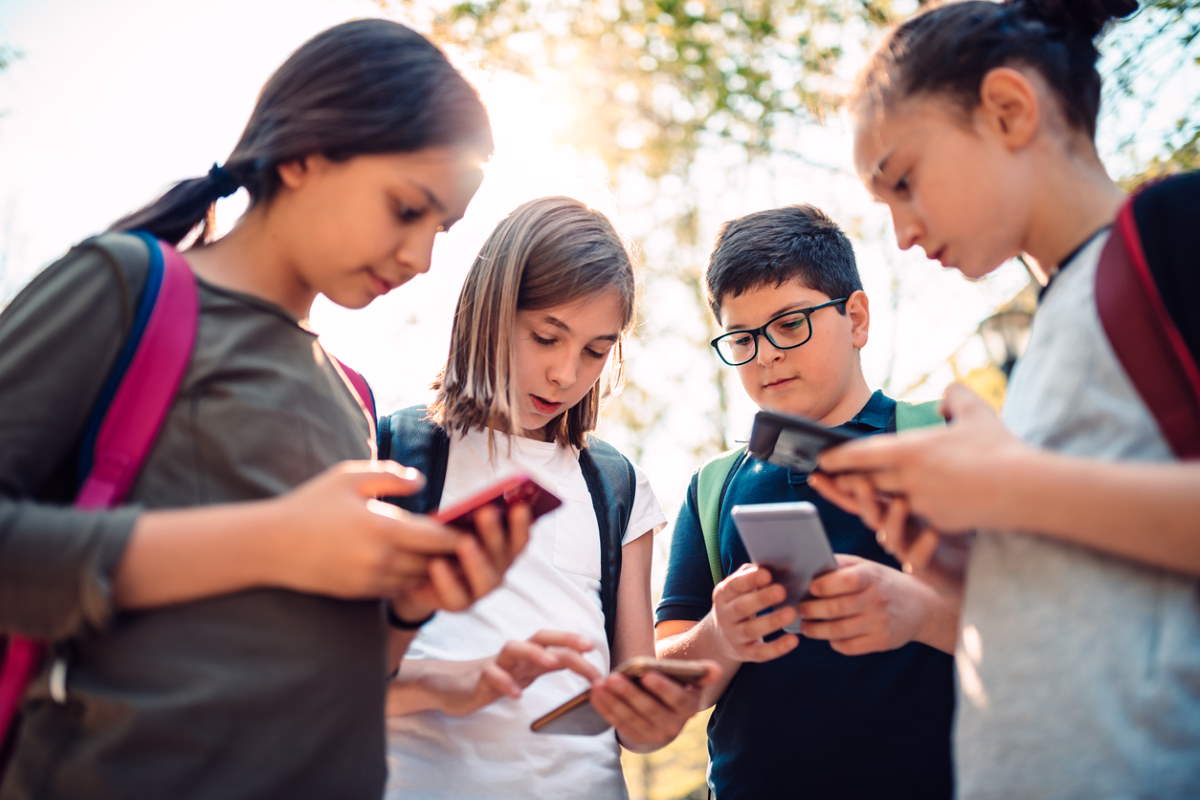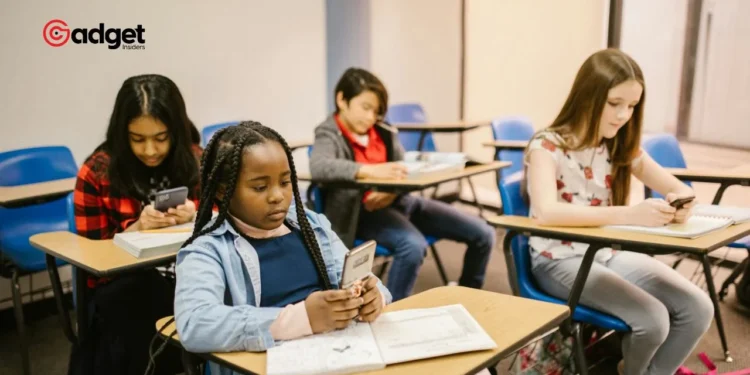In a move that’s bound to stir controversy and debate, New York has announced plans to significantly alter the landscape of technology usage within school grounds by implementing a ban on smartphones. The policy, spearheaded by Governor Kathy Hochul, aims to revert students back to using basic, feature phones that lack internet capabilities but still allow for essential communication like texts and calls.
Governor Hochul articulated her position in a statement covered by The Guardian, emphasizing the dual necessity of this approach: ensuring student focus and providing parents peace of mind in emergency situations. “Parents are very anxious about mass shootings in school,” Hochul explained. “They want the ability to have some form of connection in an emergency situation.”

Understanding the Impact and Opposition
This bold initiative mirrors actions taken in other countries, including a nationwide ban across schools in England. However, the pushback from parents in the U.S. has been palpable. Many express concerns over losing constant contact with their children, citing safety and logistical coordination as major issues.
The resistance isn’t just vocal—there’s substantial financial backing to oppose such bills. Reports indicate that companies and trade groups have spent over $800,000 lobbying against similar acts proposed by Governor Hochul. Among these, Meta stands out with a significant expenditure aimed at thwarting these legislative efforts.
Hochul calls for smartphone ban for NY school kids https://t.co/XIu0E3xXmR pic.twitter.com/7CXJGu0VTU
— New York Post (@nypost) May 30, 2024
The Broader Legislative Framework: Protecting Minors Online
The smartphone ban is just one part of a larger suite of measures Governor Hochul is championing under the umbrella of child safety and digital wellness. Another notable bill, the Stop Addictive Feeds Exploitation (Safe) for Kids act, targets the mechanisms of social media platforms, mandating a default chronological feed to minimize the persuasive pull of algorithmically suggested content. This act, alongside the New York Child Data Protection act—which restricts the collection of personal data from minors—highlights a comprehensive approach to safeguarding young users online.

The Real-World Reactions and Consequences
The response from the youth has been anything but welcoming. Earlier this year, a Houston high school experienced a lockdown after a student protest against a new cell phone policy turned chaotic. This incident underscores the potential difficulties in enforcing such bans effectively.
Moreover, despite the restrictions on smartphones, the need for communication during school hours remains high. A report by Common Sense Media sheds light on the frequency of notifications teens receive during class—many of which originate from their parents. Some schools have even witnessed parents withdrawing their children in response to stringent tech policies.
A Comparative Look: The UK’s Stance on Smartphone Sale to Minors
The UK is also exploring similar pathways, with ministers considering a ban on the sale of smartphones to anyone under the age of 16 as a means to give parents greater control over their children’s digital engagement.

New York Bans School Smartphones: Balancing Priorities
New York’s initiative to ban smartphones in schools presents a multifaceted challenge that involves balancing educational focus, parental peace of mind, and students’ rights to access technology. As this debate unfolds, it will be crucial to monitor the implementation and reactions across different stakeholders to gauge the effectiveness and acceptance of such measures in fostering a safer, more focused learning environment.










